Grow Your Path: Forestry Education and Training Programs
Chosen theme: Forestry Education and Training Programs. Step into a living classroom where forests teach resilience, science, and stewardship. Explore pathways, skills, and real-world stories that guide your next move. Subscribe for field-tested tips, scholarship alerts, and hands-on opportunities that help you learn, lead, and thrive outdoors.

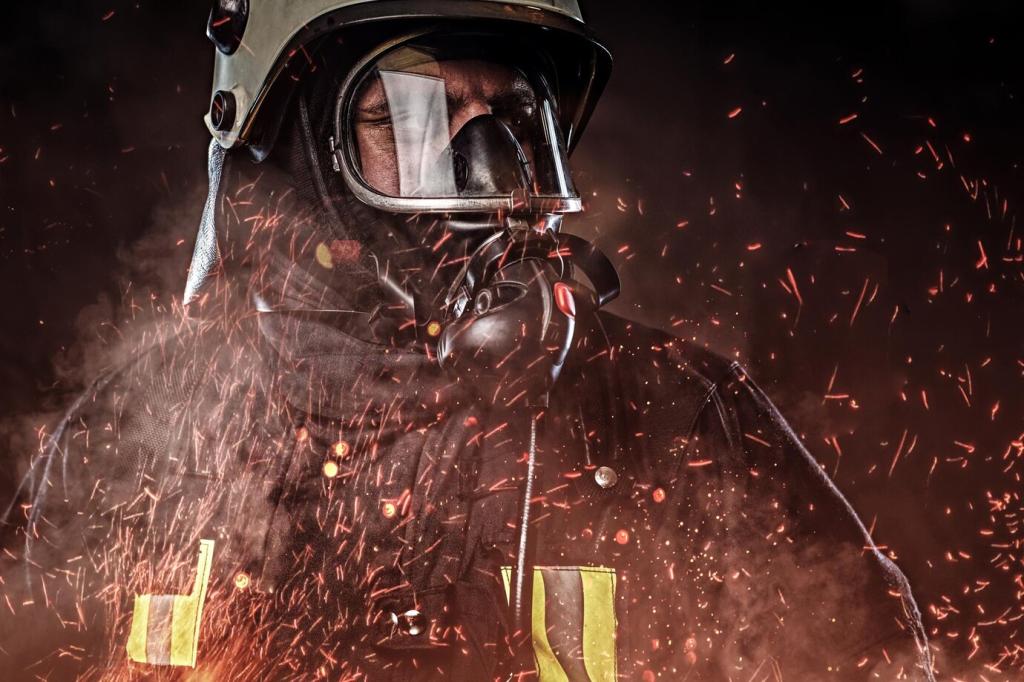
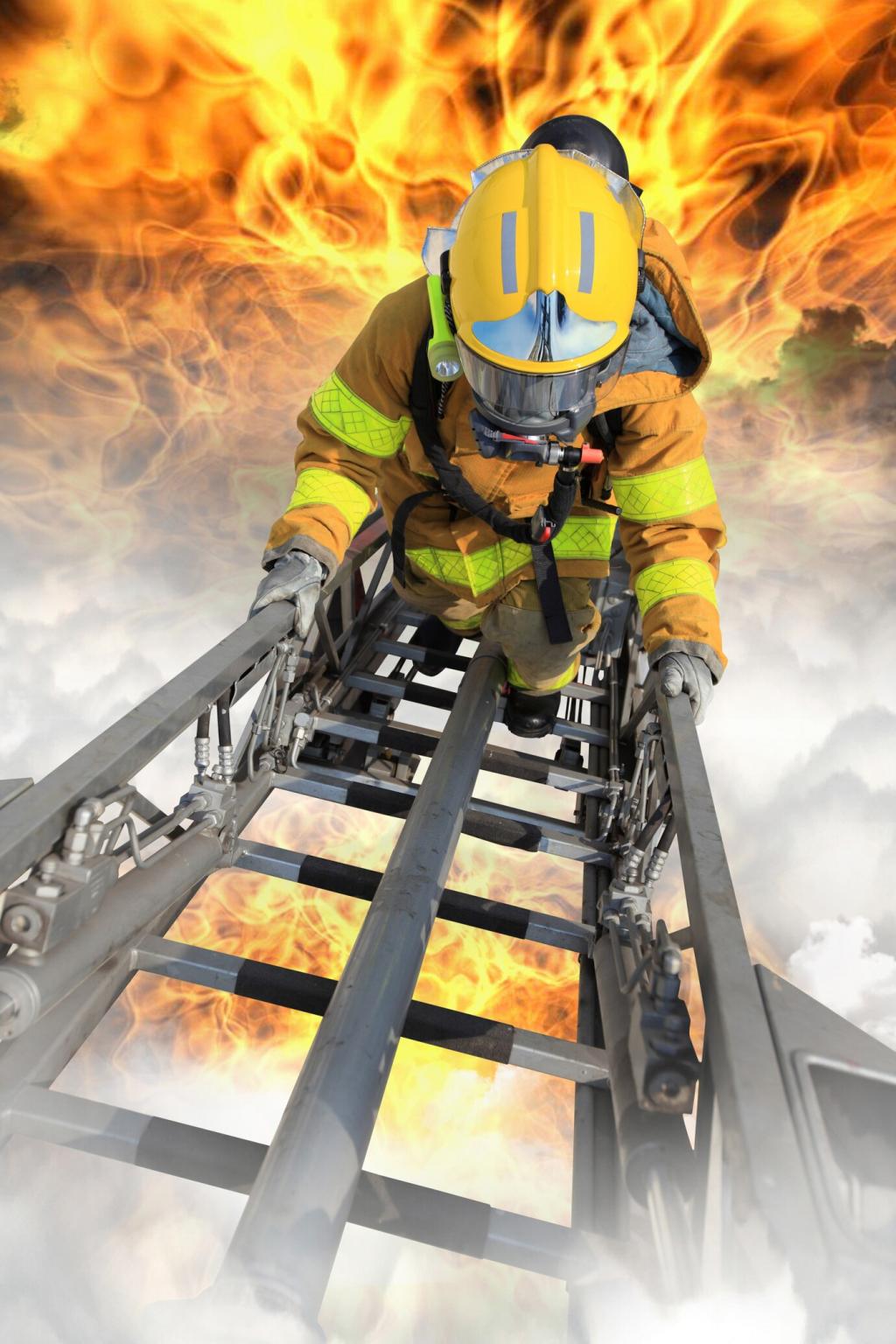
Start Here: Pathways Into Forestry Education and Training Programs
Bachelor’s and master’s Forestry Education and Training Programs combine ecology, silviculture, and field mensuration with policy and leadership. Look for strong field stations, dedicated labs, and experienced faculty. Ask about capstone projects, accreditation, and internships that connect coursework to practical forest management and conservation outcomes.
Start Here: Pathways Into Forestry Education and Training Programs
Technical certificates accelerate entry into field roles through concentrated Forestry Education and Training Programs. Expect chainsaw safety, timber cruising basics, GIS mapping, wildfire fundamentals, and habitat assessments. Short courses suit career changers, seasonal workers, and returning veterans seeking targeted skills that lead directly to employable competencies.
Core Skills You’ll Build in Forestry Education and Training Programs
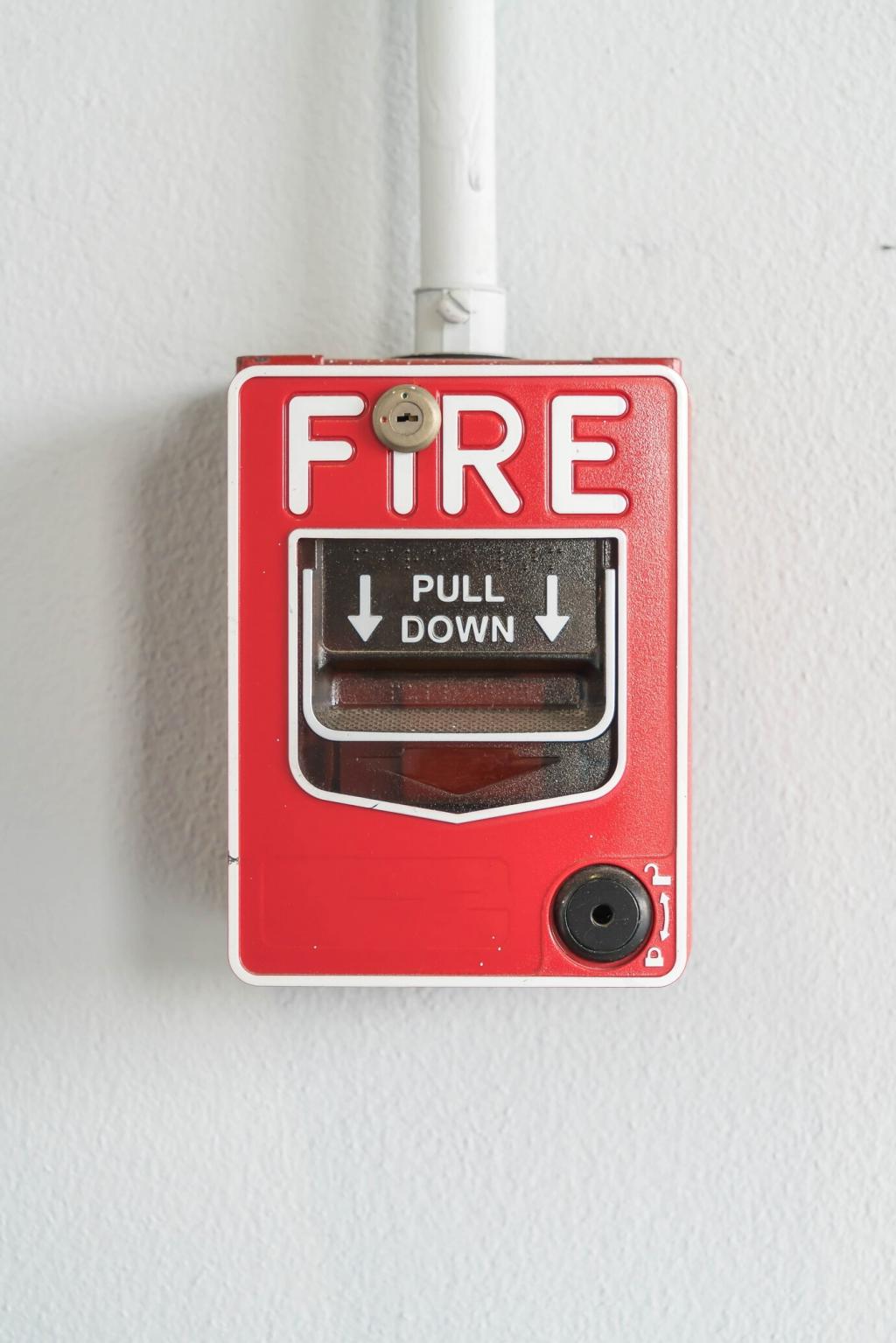
Fieldcraft and Silviculture
You’ll practice dendrology, measure stand density and growth, read soils, and design regeneration treatments in Forestry Education and Training Programs. From planting crews to thinning prescriptions, you’ll learn how weather, wildlife, and people shape decisions, and why good notes, calibrated tools, and situational awareness keep crews efficient and safe.

Technology: GIS, Remote Sensing, and Drones
Modern Forestry Education and Training Programs teach GIS workflows, LiDAR interpretation, and UAV mission planning. You will digitize inventories, analyze canopy structure, and monitor change after storms or fire. With geodatabases and mobile apps, your maps evolve from static pictures into living management tools shared across teams.

Leadership, Ethics, and Communication
Forestry Education and Training Programs emphasize clear communication with landowners, loggers, and community partners. You’ll practice ethical decision-making, conflict resolution, and public speaking. These soft skills matter when weather shifts, budgets tighten, or priorities clash—because trusted leaders keep projects moving and forests healthier over the long term.
Careers Powered by Forestry Education and Training Programs
Graduates of Forestry Education and Training Programs design harvest plans, oversee reforestation, and track regeneration success. You’ll collaborate with wildlife biologists, hydrologists, and mill buyers, balancing economics and ecology. Expect early mornings, muddy boots, and days that end with data that truly shape tomorrow’s forest.



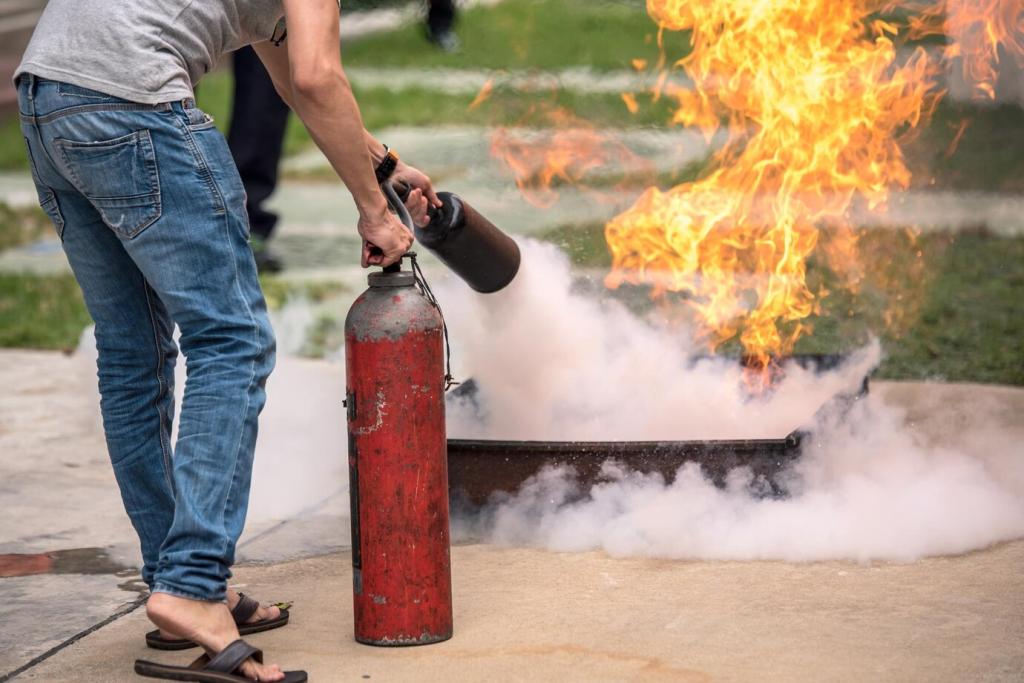
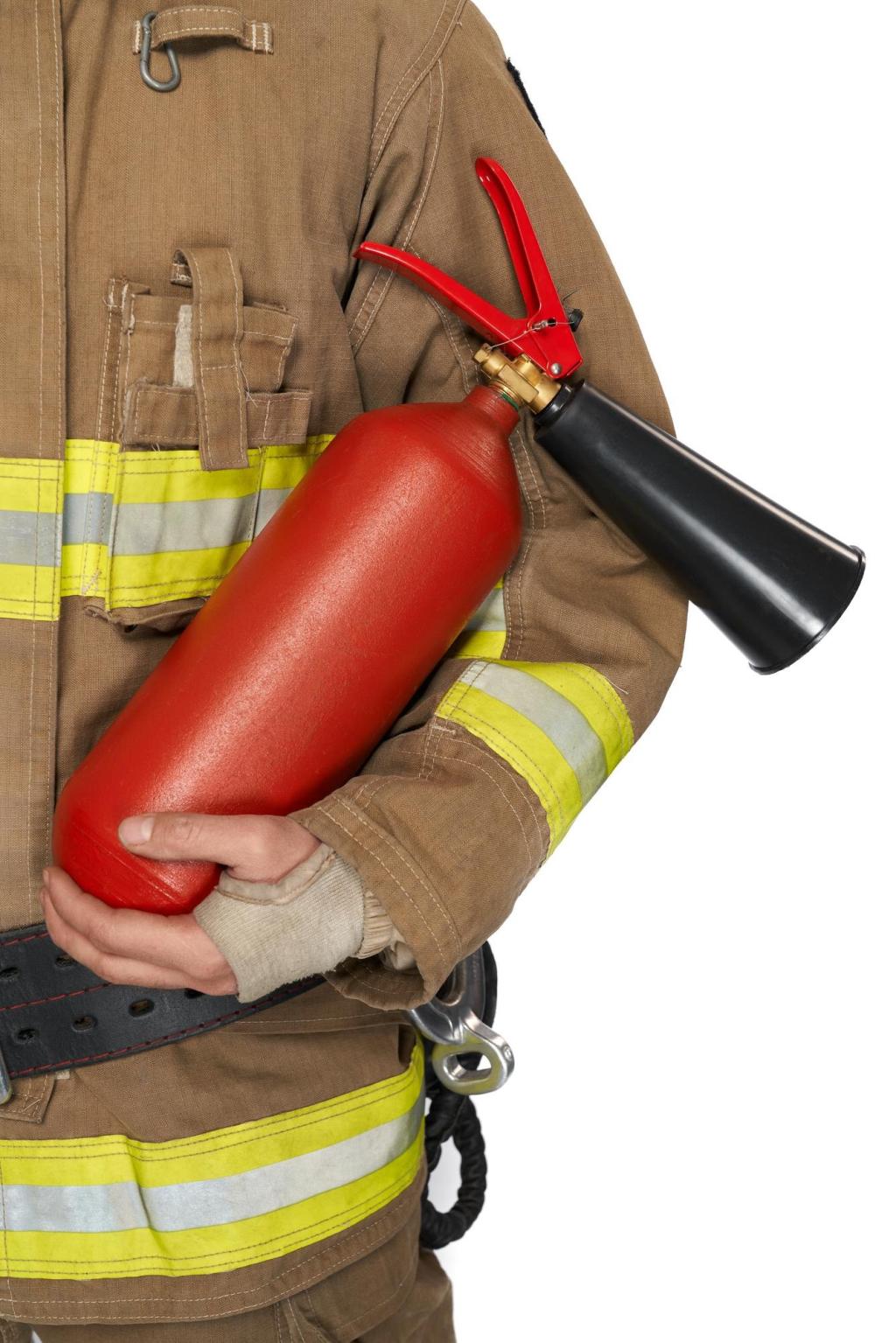

Funding and Access: Making Forestry Education and Training Programs Possible
Scholarships, Grants, and Fellowships
Many Forestry Education and Training Programs connect students with scholarships from professional societies, state agencies, and conservation nonprofits. Prioritize awards supporting field gear, travel to labs, and research projects. Strong essays tie personal experience to stewardship outcomes—show how your training will benefit forests and communities.
Employer Sponsorships and Seasonal Work
Seasonal field positions can offset tuition while building hours toward certifications. Forestry Education and Training Programs often list employers seeking students for inventories, planting, trails, and fire crews. Negotiate for training funds, housing stipends, or mentorship—benefits that compound long after a single season ends.
Online, Hybrid, and Part-Time Pathways
If you’re balancing responsibilities, seek flexible Forestry Education and Training Programs with hybrid labs and weekend intensives. Online modules cover theory before immersive field weekends cement skills. Clear syllabi, strong advising, and reliable transportation support are essential so life’s constraints don’t derail your learning momentum.
Choosing the Right Forestry Education and Training Program
Match Curriculum to Landscape and Career Goals
Seek Forestry Education and Training Programs aligned with your target ecosystems and roles. Interested in longleaf pine, mixed hardwoods, or urban street trees? Compare silviculture courses, local field sites, and faculty specialties. A great fit amplifies your learning by constantly connecting theory to the forests you care about.
Facilities, Field Stations, and Learning Culture
Tour labs, equipment cages, and field stations. Ask how often students get outside, how gear is maintained, and how crews are trained. Forestry Education and Training Programs with a safety-first, mentorship-focused culture produce graduates who are prepared, humble, and ready to contribute on day one.
Internships, Job Placement, and Alumni
Strong Forestry Education and Training Programs track internships and placement rates transparently. Request recent partner lists, alumni mentors, and sample projects. An engaged alumni network opens doors, reviews resumes, and flags opportunities early—giving you the confidence and connections to step smoothly into your first role.
